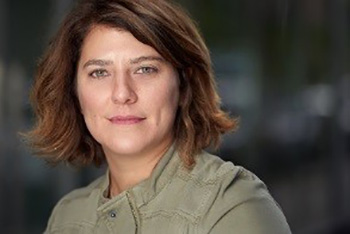ABB’s Susan Peterson-Sturm on the future of the field and how women can play a larger role.
05/28/2019
 Susan Peterson-Sturm
Susan Peterson-Sturm
 Susan Peterson-Sturm
Susan Peterson-SturmDrew Champlin is a managing editor of Pumps & Systems magazine. He may be reached at dchamplin@cahabamedia.com.